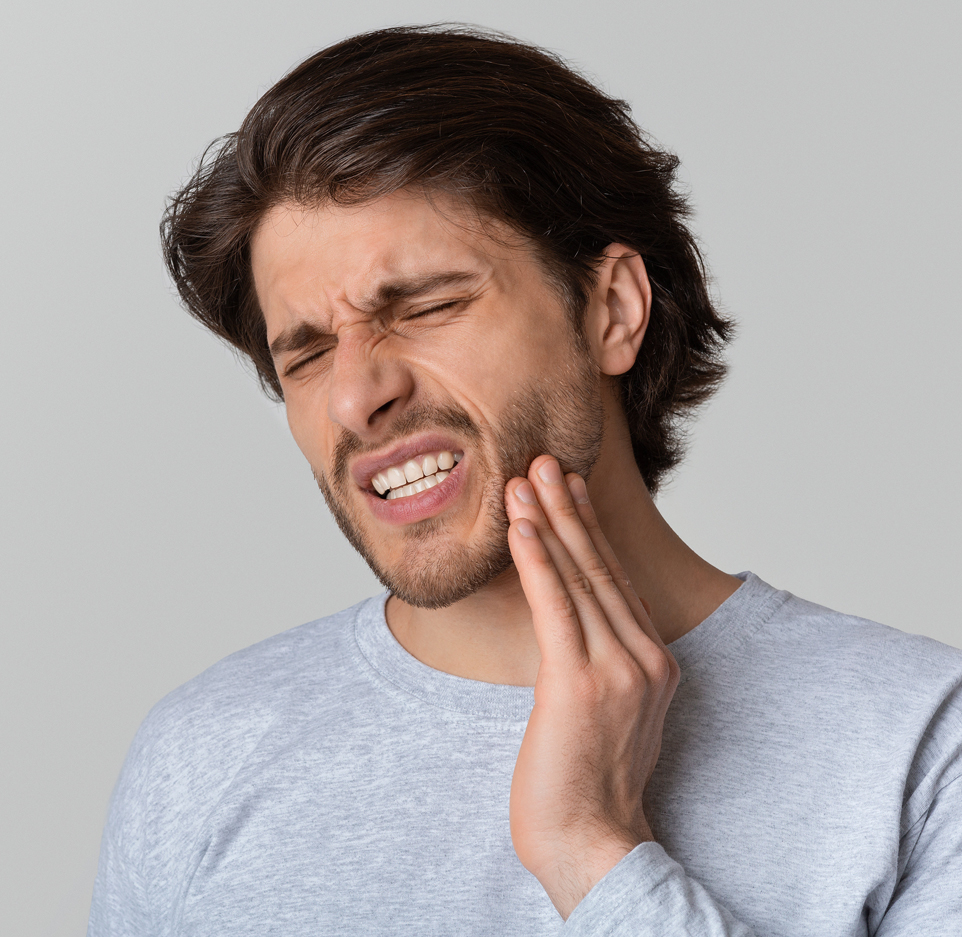
The dental procedure of tooth extraction is needed when your teeth are unable to perform the natural function of biting, chewing, and maintaining both jawbone and mouth structure due to decay or trauma. At All Natural Dentistry , Dr. Amy Khajavi can help you restore, repair and save your natural teeth.
Dr. Khajavi and her experienced staff will first profile your oral health and consider your immediate symptoms. We discuss and inform you about the treatment options and the steps involved in the extraction process including local anesthetics, and once you are feeling comfortable, we begin the teeth extraction dental procedure. We also address dental anxiety, if any, and ensure your well-being post-procedure.
At All Natural Dentistry, Dr. Amy Khajavi, a practicing dentist of more than 20 years and a specialist in full mouth reconstruction and implant dentistry, incorporates biological dentistry at her dental clinic and only uses safe and biocompatible materials in her dental procedures.
After tooth extraction, you can expect some changes, and your dentist will provide instructions so that you can manage the post-extraction situation. Here are some guidelines to prevent complication, and promote healing.
The dentist will give you an anesthetic before the procedure to lessen your discomfort. Usually, your mouth will remain numb for some hours post-extraction. The numbness goes away within a few hours, if not get in touch with your dentist. While it is numb, be cautious not to bite tongue, cheek or your lip, and don’t eat food that requires chewing.
To limit bleeding, the dentist usually places a gauze pack on the site of the extraction to prevent the formation of blood clot, which is important for normal healing. The gauze pack is to be kept in place for about 30 to 45 minutes after you leave the dentist’s office. It’s recommended that you don’t chew on the pack. There may be a bit of oozing or bleeding after the removal of the pack, in which case:
Take clean gauze and fold it into a pad thick enough to bite on. Dampen it with clean, warm water and put it directly on the site of the extraction.
Close your teeth firmly over the pad, maintain pressure for 30 minutes, and use a new one if the older becomes blooded.
Don’t disturb the extraction site by sucking or using your tongue.
There may be leaking of some blood from the extraction site until there’s clot formation. However, if there’s continuous heavy bleeding, you should contact your dentist. Keep in mind that a little amount of blood mixed with saliva can appear like there’s heavy bleeding.
The blood clot that gathers in the tooth socket is a crucial part of the healing process. To protect the clot, avoid activity that might disturb the clot, and here’s how to do it:
No forceful rinsing or drinking through a straw for 24 hours as suction in the mouth could loosen the clot and affect healing.
Abstain from all alcoholic drinks beverages or mouthwash that contains alcohol for 24 hours.
Smokers should consult with their dentist before surgery and avoid smoking after it.
Avoid intense activity for 24 hours after extraction to reduce bleeding and allow organic blood clot formation.
However, there are situations when there is no blood clot formation for up to two days after the extraction, or it breaks down after formation: a condition that’s called ‘dry socket.’ It’s a painful condition, and you should consult your dentist immediately.
On the day of the extraction, don’t disinfect or clean the teeth that surround the healing tooth socket. However, on the following day, it’s advised that you brush and floss your other teeth and also start cleaning teeth next to the healing tooth socket. Your tongue can also be brushed to eliminate bad breath and get rid of any unpleasant taste following the tooth extraction.
The day after the extraction, take half a teaspoon of salt, put in water, and rinse your mouth with it. Doing so will not allow food particles to form a layer at the extraction site. Don’t rinse your mouth vigorously as it may loosen the blood clot. Patients of hypertension should consult their dentist regarding rinsing with salt water. Further, don’t use mouthwash in the early stages of your healing period unless advised.
Your dentist may prescribe medication to address pain, swelling and to prevent infection and should be taken as directed. Please don’t try self-medication and consult your dentist if the pain medication is not working.
Swelling is possible after extraction and is normal. To reduce the swelling and the accompanying pain, place a cold, moist cloth or an ice pack to the affected area of the face. Your dentist will provide the instruction for the duration of the cold compress.
Dental issues can suddenly attain higher intensity, therefore, if you feel or observe any of the given symptoms, immediately contact your dentist or visit a hospital emergency room.
Severe or unrelenting bleeding, pain or swelling
Vomiting, nausea or fever
Worsening pain
On the day after the extraction, have soft but nutritious food and drink a lot of liquids, but avoid alcohol and hot liquids. Use of straw is prohibited. Solid food intake can begin the following day or when you can chew without discomfort. For some days, chew food on the side of the mouth that’s opposite to site of the extraction, and resume chewing on both sides after you feel comfortable to do so.
Moreover, if you have sutures that need to be removed, Dr. Khajavi or her staff will let you know when.
If you have tooth pain, swelling or possible gum disease affecting your teeth, please contact All Natural Dentistry by calling (858) 683-4862 to schedule your appointment.